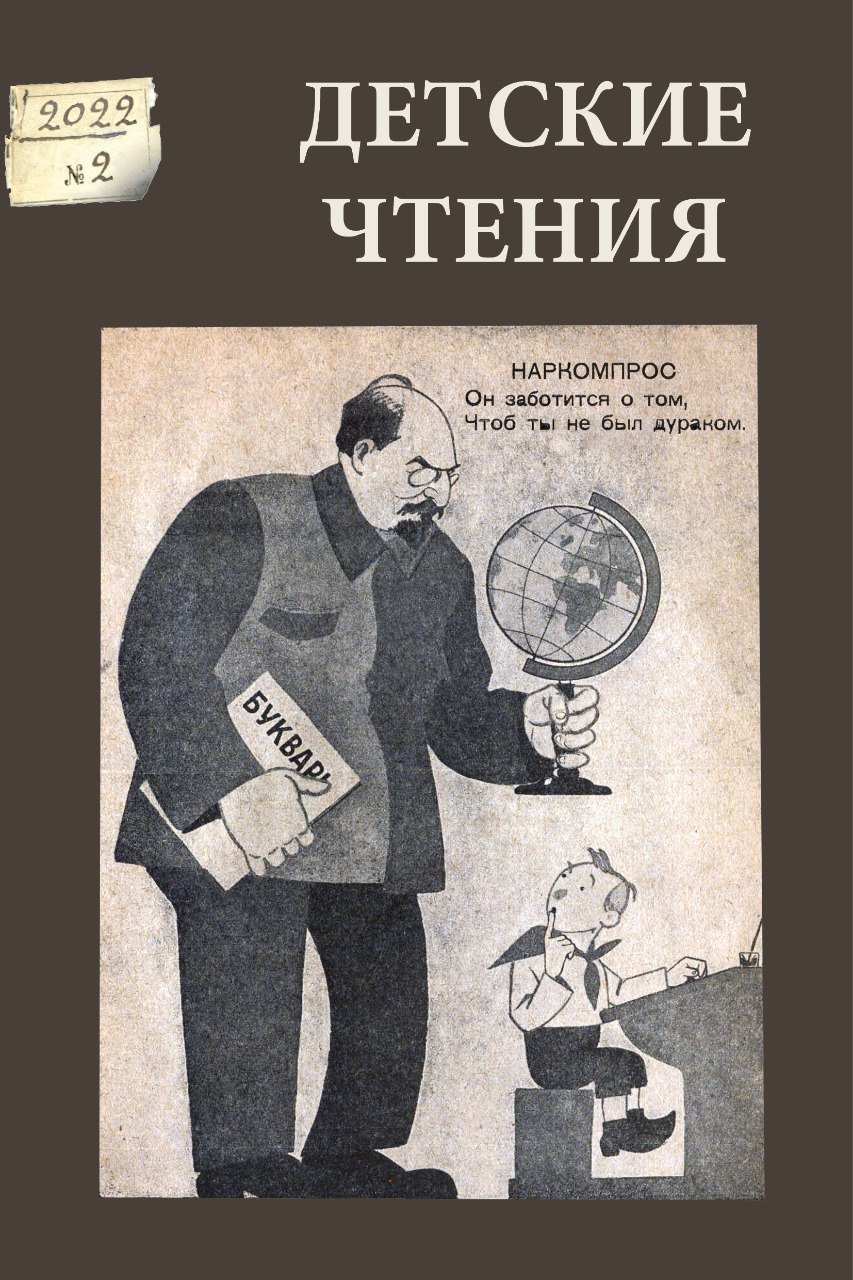INTO THE CANON THROUGH CIRCULATION: ON THE INEQUALITY OF WRITERS’ ACCESS TO THE PRINTING OF CHILDREN’S BOOKS IN THE SOVIET ERA
DOI:
https://doi.org/10.31860/2304-5817-2022-2-22-145-173Abstract
The question of the existence, direction, and nature of the causal relationship between the publication (replication) of the author’s works and his canonical status has been discussed in the literature not so much and mainly in a theoretical key. The article presents material that expands the empirical base for the study of this problem. We rely on representative bibliographic data on Soviet children’s book publishing, a rare feature of which is that they provide the most complete information about all published children’s books, and not just about a narrow circle of popular authors. This allowed us firstly, to track the quantitative macro characteristics of the production of a children’s book: fluctuations in the total book production, the size of the “population of authors” and inequality in the distribution of printruns between them, and secondly, to identify the most circulated authors at different moments of the Soviet period and to estimate their share in the total production of children’s books. From a theoretical point of view, a model of the influence of reprints on the canonical status of the author should be supplemented by an assessment of competition between authors for a limited potential printrun. We propose to interpret the intensity and the outcomes of this competition in terms of inequality. A high level of inequality in access to the reproduction of their works among the authors of Soviet children’s books persisted throughout most of the period. The most popular authors were primarily poets who wrote for young children: Marshak, Chukovsky, Barto, Mikhalkov. During the period under review, Soviet children’s book publishing went through two periods of a sharp reduction in resources — in the early 1930s and in the first half of the 1940s. The passage of “bottlenecks” led to the consolidation of the elites who were at the top of the circulation rating by the beginning of the fall and managed to maintain their positions in subsequent years. It can be described as a positive feedback mechanism in a dynamic system whereby privilege give rise to even greater privilege (“the rich get richer”). The opposite effect—an increase in diversity and a decrease in inequality—was achieved during periods of institutional (NEP) or ideological (Thaw) pluralism.
Keywords: literary canon, edition, circulation, children’s literature, inequality, Samuil Marshak, Agnia Barto, Korney Chukovsky, Sergey Mikhalkov







